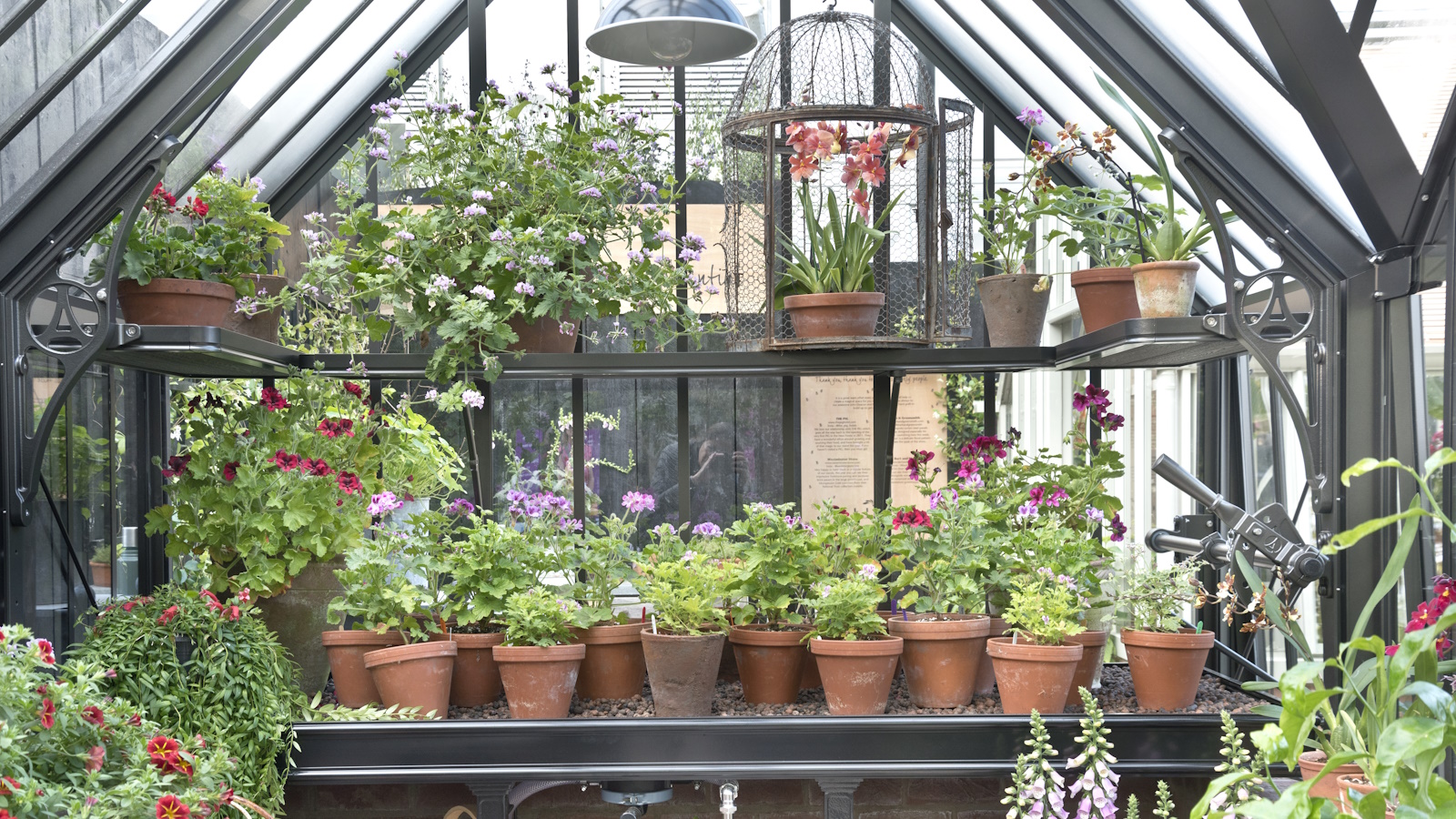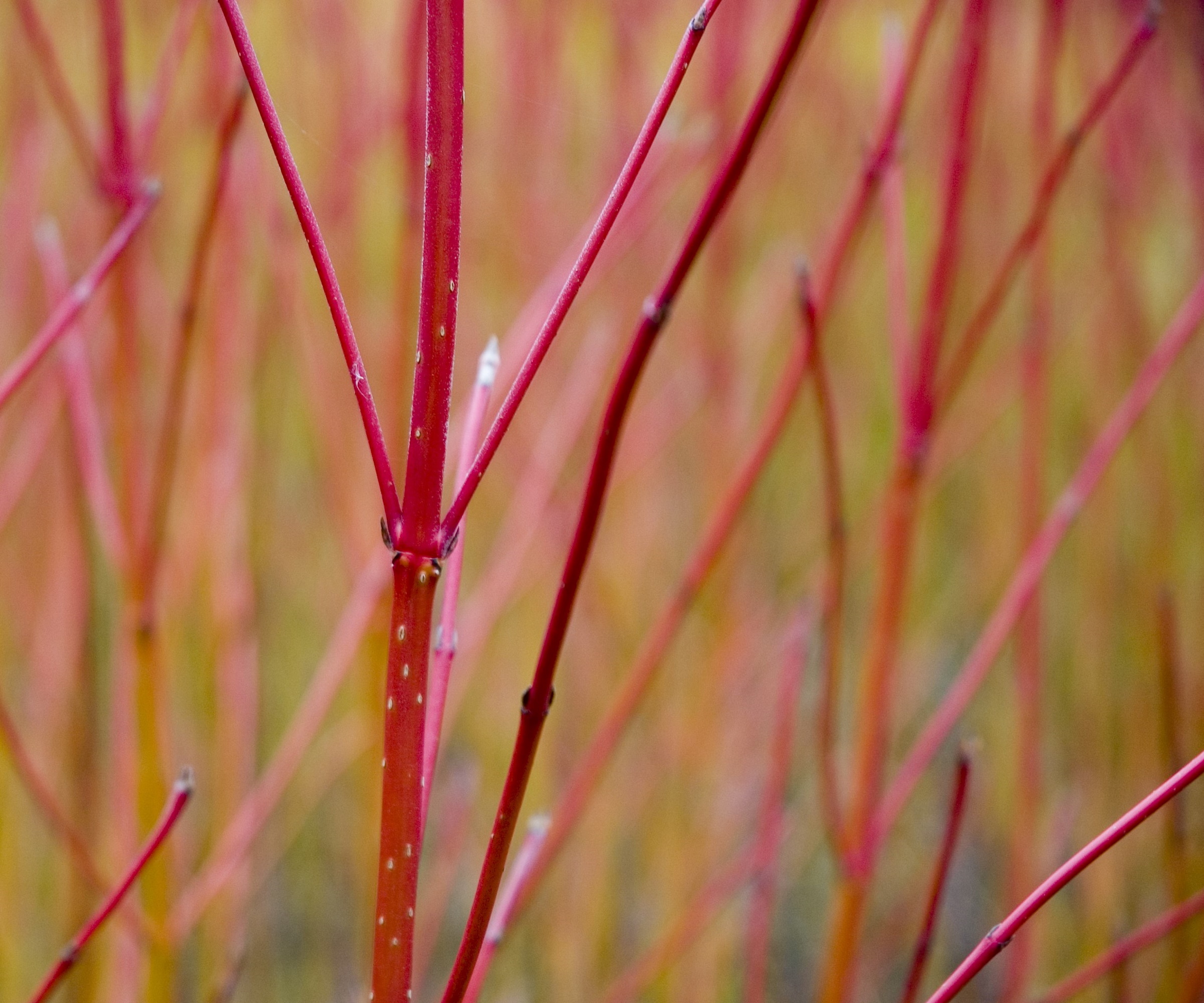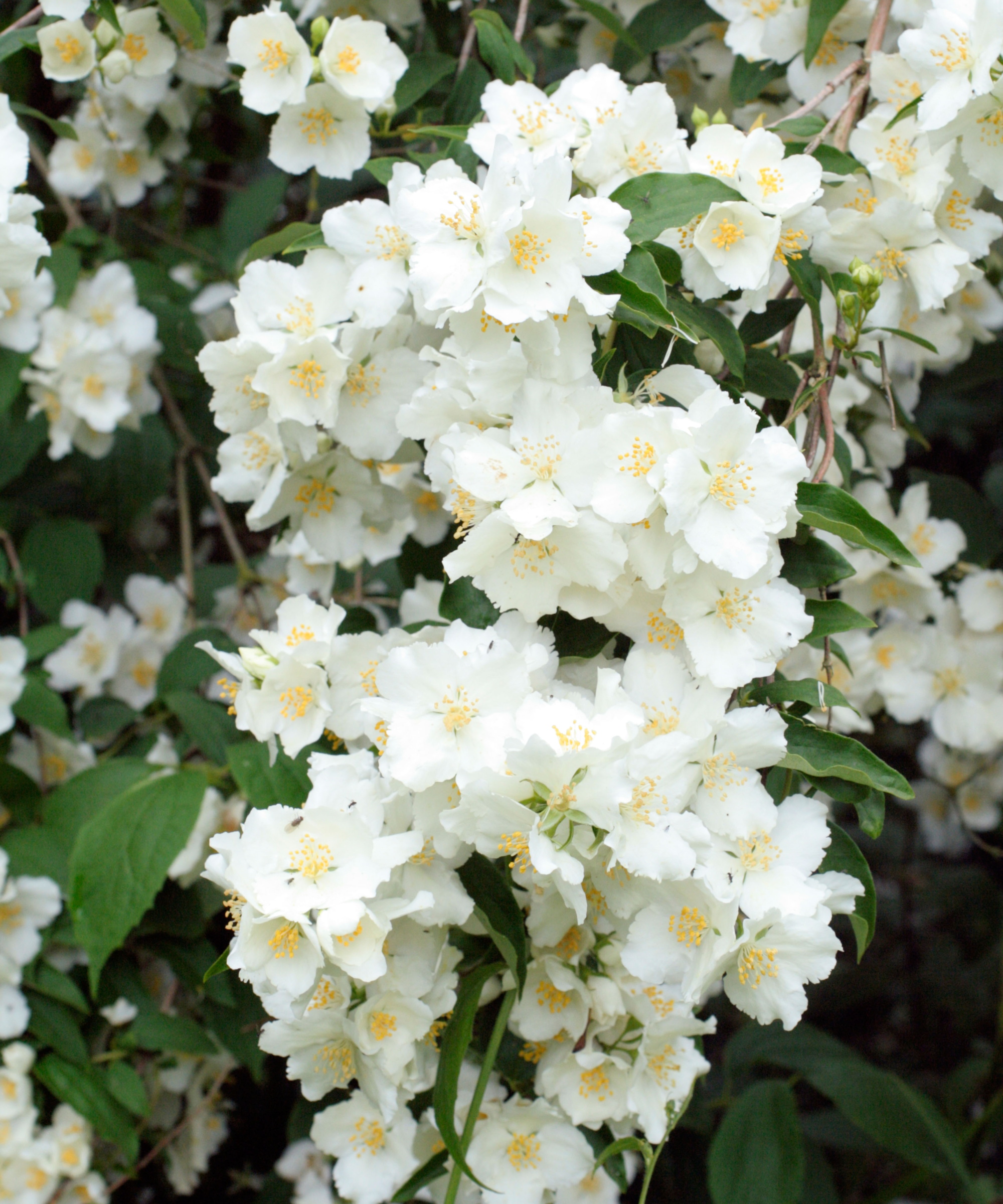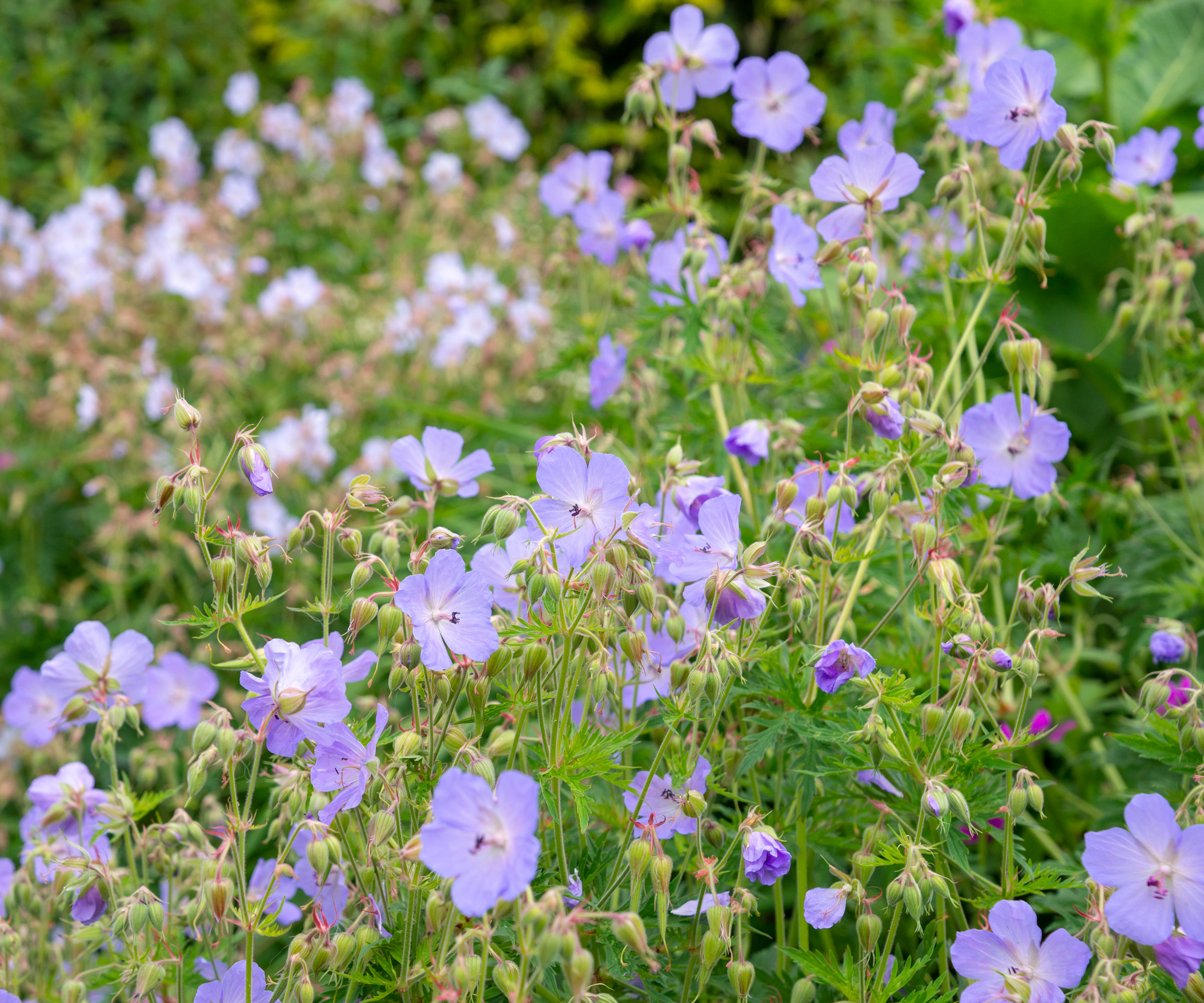November is an Ideal Time to Take Cuttings – Here Are 7 Plants Perfectly Primed to Propagate This Month
You can take more than just hardwood cuttings in November


Sometimes you just desire more for your garden, whether it is more blooms, more movement, or more drama. If your simple wish is for more plants, November is an ideal time to propagate plants and reward yourself with new shrubs and perennials to enhance your flowering displays for years to come.
Most people only think of hardwood cuttings in late fall. True, it is an ideal time to use this convenient and low-maintenance method to propagate new shrubs for your yard. However, you can also take root cuttings of herbaceous perennials to bolster flower beds and containers next year.
This guide to plants to propagate in November includes both hardwood cuttings and root cuttings. It includes simple steps to follow to take plant cuttings successfully, and you can reap the rewards of your hard work. There is no reason not to add taking cuttings to your fall gardening checklist if you want more plants, plus you get these new additions for free.
1. Currants

November is an ideal time to take hardwood cuttings of currant bushes, which can include blackcurrants, redcurrants, and whitecurrants. When you grow currants, they need pruning during dormancy, from November onwards, and it is also a perfect time to grow more plants to boost your future harvests.
Pick healthy one-year-old shoots and trim off the soft tips as you process the stems into sections, each 12 inches long. Make a sloping cut at the top, above a bud, and a horizontal one at the bottom, below a bud.
You can dip the bottom of the cutting in rooting hormone to increase the success rate, but this is not always essential, as currants root easily. One example of such a product to use is this rooting hormone powder at Amazon.
Insert the cuttings into a deep pot filled with well-draining potting soil, or into a slit trench in the soil. Cuttings in pots are kept in a cold frame or unheated greenhouse and kept moist, ensuring the soil doesn't dry out.
Design expertise in your inbox – from inspiring decorating ideas and beautiful celebrity homes to practical gardening advice and shopping round-ups.
2. Dogwood

If you aspire for more glowing stems to brighten up any winter garden, add dogwood to your plants to propagate in November. Growing dogwoods is a great way to enjoy vibrant stems in shades of red, orange, or yellow during the colder months.
You can take softwood cuttings of dogwoods in summer, or hardwood cuttings in November. The latter may be slower than softwood or semi-ripe cuttings, but they don't need as much attention. If you do wonder what to do with dogwoods in the fall, propagating is well worth considering, along with mulching them.
Choose pencil-thick stems that are firm but not hard, and cut them into 6-12-inch sections, with a slanting cut at the top and a straight one at the bottom.
Dogwood cuttings can be put into containers, but they are tough shrubs that will root well in an outside trench a little shallower than the depth of the cutting. Adding some horticultural grit or coarse sand (like this horticultural sand on Walmart) to the base of the trench helps prevent water from accumulating around the cuttings.
Space each cutting at least four inches apart and with only a few inches above the ground. Keep them moist in dry weather, and leave them until next fall.
3. Roses

If you ask around, it appears that all gardeners love growing and caring for roses. It is easy to understand why, as there are so many types of cultivars of roses that there can be one out there for any taste.
When you do find a rose variety that you adore, the best way to get an exact clone of it is to take rose cuttings and have more plants to enjoy for free. As roses are so versatile, you can take softwood cuttings in late spring or early summer or hardwood cuttings in fall. As mentioned above, hardwood cuttings take longer but make an ideal method if you didn't propagate your roses earlier in the season.
It is advisable to only take cuttings of healthy, vigorous roses, as opposed to spindly ones that show signs of struggling with pests or diseases. Select a healthy stem with the thickness of a pencil, and cut it into 6-8-inch sections.
After trimming the cutting at the top and bottom, while always remembering to cut above and below a bud, dip the bottom of the cutting in rooting hormone powder or gel. Then place the cutting into a trench, with a third of it above the soil, with sand or grit to boost drainage. And keep each cutting at least six inches apart.
Not all the cuttings will survive to planting out in a year. To give them the best chance of success, keep the area weed-free and occasionally water the cuttings to prevent the soil from drying out. A soil moisture meter (you can get a soil moisture meter at Amazon to give quick, accurate results) can be beneficial for checking moisture levels and ensuring the soil stays moist during summer.
4. Mock Orange

A mock orange (also known as philadelphus) is so-called for the glorious citrus aroma of the plant's blossom, and the tall shrub is one of the best fragrant flowers you can add to a space. The majority of mock orange varieties produce white flowers in late spring and early summer, and you get ones with different tints on the petals.
As they are cold-hardy, dependable, and wonderfully scented, it is understandable if you want more than one for your backyard ideas. And a great way to do that and get more, without having to pay for a new plant, is to take hardwood cuttings during dormancy.
Just as with other plants on this list, pick healthy pencil-thick shoots and cut them horizontally at the bottom and slanted at the top. With philadelphus, it is advisable to put the cutting into a container filled with compost for cuttings, pushing it two-thirds down into the compost. An ideal mix is something like this premium potting mix at Amazon, formulated for seedlings and cuttings.
This container can be kept in a cold frame until next fall. Just remember to closely monitor the cutting to keep it well-watered and prevent it from drying out.
5. Phlox

Phlox is a popular herbaceous perennial plant for bringing color and joy to flower beds in the summer. It is also a great plant for pollinators, with butterflies and bees attracted to its vibrant blooms.
If you grow phlox and want more plants, they are suitable for propagation in the late fall using a technique of taking root cuttings. This method is ideal for plants with fleshy roots, and allows gardeners to take many cuttings from one plant.
The first step is to carefully dig the plant up when it is dormant and wash the soil from the roots. Phlox has thinner roots, but cut a long section of healthy root and then, with a sharp knife, slice these into 3-5 inch sections.
Fill a seed tray with cutting compost. Lay the sections of roots horizontally on the surface and push them down to make good contact with the soil. Cover the compost with a thin layer of grit and place the tray in a water bath to soak up water without disturbing the surface of the tray.
Continue to keep the soil moist by sitting it in a water bath, and pot up individual cuttings once they start developing a few sets of leaves.
6. Verbascum

Verbascum, also known as mullein, is adored for bright spikes of blooms in summer. You can also propagate verbascum varieties from root cuttings, but the method differs slightly from above. This is because verbascum has a thicker root than phlox.
For starters, dig up the plant and clean as much soil as possible from around the rootball. Then, for this technique, you select some fleshy roots to act as cutting material. Like hardwood cuttings, aim for them to be around the thickness of a pencil, and cut them back close to the crown of the plant.
Cut the length of the root into sections 2-4 inches long, with a horizontal cut at the top and an angled cut at the bottom (which is opposite to hardwood cuttings). At this point, be very careful with your cuttings, as you need to make sure the horizontal cut is at the end of the root section that was closest to the crown of the parent plant.
Insert the roots into pots filled with cutting compost, so the angled cut is at the bottom and the top end is flush with the surface. Again, it is vital to get them the right way up; otherwise, the cutting won't sprout.
Cover the compost with a thin layer of grit, and keep the soil moist to encourage the cutting to develop leaves.
7. Hardy Geraniums

Hardy geraniums are one of the best plants to propagate in November. They're vigorous plants that grow quickly and profusely. They are reliable, low-maintenance, and long-flowering perennials to have in borders. Indeed, the biggest issue with hardy geraniums (or cranesbills as they are also known) is that they sometimes need regular cutting back to control them.
When you grow hardy geraniums and want more, there are various ways to do this. You can divide hardy geraniums, take stem cuttings in spring or summer, or opt for root cuttings in the fall. Taking root cuttings is suitable for any hardy geranium varieties, and you follow the same method as verbascum, as they have thicker, fleshier roots than phlox.
Use a sharp knife to cut roots into 2-4 inch pieces, cutting them horizontally at the top and angled at the bottom as outlined above. The sections can be put in containers filled with compost, or you can use module trays, like these nursery module trays at Walmart, which can make potting up cuttings after they sprout a bit less fiddly.
The cuttings should develop a good root system by next fall, enabling them to be planted outdoors, and the resulting plants will start flowering the following year.
If you still have that burning desire to be proactive with planning next year's borders, there are flowers you can plant in November to bolster your beds with more blooms in spring and summer next year.
Popular favorites like sweet peas and lupines can be started from seed this month indoors, while spring bulbs such as tulips and alliums can be planted for glorious displays.
If you have space and inclination to start flower seeds indoors in the fall, the reward will be strong plants come spring and earlier displays of blooms.

Drew has worked as a writer since 2008 and was also a professional gardener for many years. As a trained horticulturist, he worked in prestigious historic gardens, including Hanbury Hall and the world-famous Hidcote Manor Garden. He also spent time as a specialist kitchen gardener at Soho Farmhouse and Netherby Hall, where he grew vegetables, fruit, herbs, and cut flowers for restaurants. Drew has written for numerous print and online publications and is an allotment holder and garden blogger. He is shortlisted for the Digital Gardening Writer of the Year at the 2025 Garden Media Guild Awards.